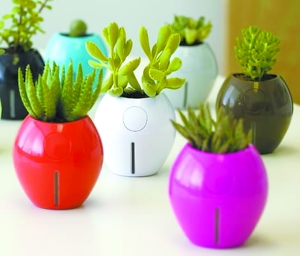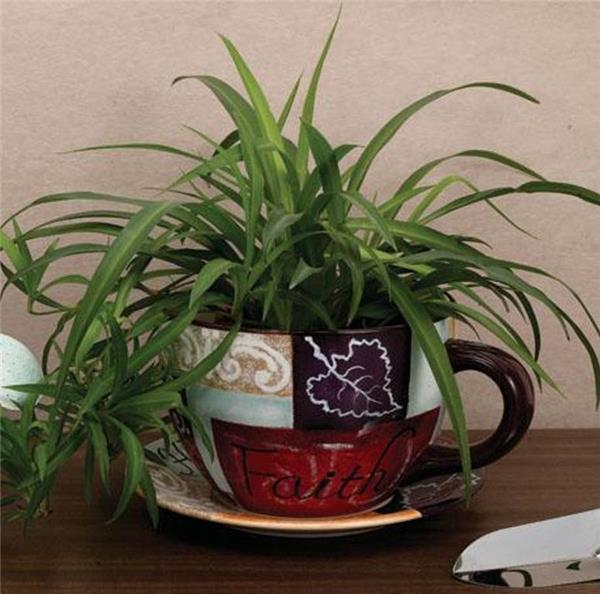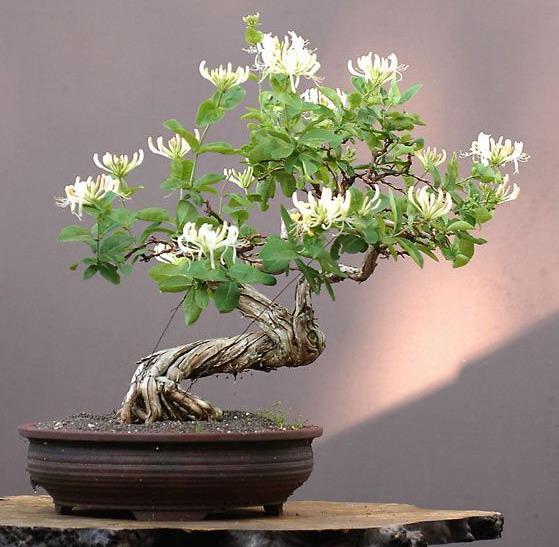What if there are flying insects in the flowerpot? how to eliminate the flying insects in the flowerpot?
Flower cultivation is a positive attitude of self-cultivation, and we will always encounter problems of one kind or another in the process of flower cultivation. The following editor summarizes the common problems of growing flowers for everyone, what to do with small flying insects in the flowerpot, the causes of small flying insects and how to disinfect the soil. I hope it can help the people who encounter these problems.
How to eliminate the flying insects in the flowerpot
First, soak the remaining cigarette butts in water, and then water the flowers, which will soon remove the small flying insects. Generally speaking, about ten cigarette butts can be equipped with a bottle of mineral water.
Second, soaking and watering flowers with pepper can also get rid of insects.
Chemical control: chemicals are pesticides in addition to pesticides. It is generally sold in the market, but it is also harmful to people, and bugs may also develop drug resistance, so it is not recommended to use them many times unless they are rampant. Chemicals are harmful to the human body, so try making your own medicine to disinfect flowers.
Fourth, making use of the chemical taxis of insects, trapping and killing with sugar and vinegar solution. The specific method is: add sweet and sour liquid to a small basin, spray a little insecticide into it, and put it next to the plant. A lot of dead bugs will be found after half an hour of action. However, this method is not easy to "kill all the flying insects."
Fifth, if the above methods do not work, prune the plants that attract insects, and the branches must be discarded or destroyed. Otherwise, it is almost impossible to cut off the insect source.

Sixth, it is necessary to cut off the possibility of this kind of bug from the source. In general, the emergence of small flying insects is due to the application of animal fertilizers such as milk water and eggshells, which occur when the basin soil is wet. Therefore, at ordinary times, try not to use fertilizer that is not mature. (sometimes you can't master the fermentation degree of fertilizer well, so you have to pay more attention to the soil during the later period of flower cultivation.
The common pests that occur on flowers are aphids, shell insects, whitefly, net bugs, ants, red spiders and so on. If some self-made agents to control flower pests can also achieve better results, so that it can not only prevent and cure diseases, but also does not pollute the environment, and the material is convenient, the operation is simple, and the side effects are small, we might as well give it a try.
1. Tobacco:
Smoking is harmful, which is well known, similarly, tobacco can also kill flower pests, the usage is to use the leftover cigarette butts (except the filter tip), add water 10 times, soak for one day and night, take the filtrate to soak the basin soil, can kill the ants in the basin; or take the filtrate to add the same amount of water dilution, spray, because the penetration is strong, can make the pest nerve paralysis poisoning death. This method can control aphids, red spiders and newly hatched scale insects.
2. Wind oil essence:
Add 3 drops of wind oil essence to every 100 ml of water to spray flowers, which can control aphids, shell insects, moth and butterfly larvae, as well as red spiders.
3. Pepper water:
Add water according to the weight ratio of Chinese prickly ash at 1:10, boil into 5 parts of the original solution, and then dilute the spray according to the capacity ratio at 1:10 after cooling, it can control whitefly, aphids and shell insects.

4. Chili water:
Add water according to the weight ratio of hot pepper at 1:10, boil for half an hour, and spray the filtrate after cooling to control aphids and net bugs.
5. Vinegar:
Spraying bottled vinegar to water 5 times and 6 times every 3 days can control shell insects.
6. Garlic liquid:
Mash the garlic into fine garlic paste, add water in the proportion of a clove of garlic to 100ml water, stir it into a pulp, soak and filter it and spray it on the surface of the basin soil to control ants or earthworms.
7. Ginkgo:
Put the ginkgo fruit into the mortar and add the same amount of water to filter the original solution. When in use, the original solution is diluted with water at 1:2 according to the volume ratio, which can control aphids.
There are several reasons for the emergence of small flying insects in flower pots:
one. When planting flowers and plants, the soil is not sterilized and sterilized. Generally speaking, there are insect eggs in the soil. You should dry the soil in the sun and add insecticides before you plant flowers and plants.
two. Generally speaking, peat soil is more prone to insect pests than accumulation soil, which is because the accumulation soil belongs to rotten soil and the probability of insect pests is low.
three. It is related to the types of flowers and plants planted and the environment under which they are preserved.

After several years of use, the soil of potted flowers will appear flying insects, bacteria and other phenomena, and the flower plants cultured in this soil tend to grow weaker. Many people will throw this kind of soil away and buy new soil again. In fact, after some simple disinfection treatment, these soils will continue to play a role.
Soil disinfection methods:
Daylight disinfection: the soil replaced when changing the basin is spread out thinly on the clean ground and exposed to the hot sun for two or three days, preferably in summer. Although this method of disinfection is not thorough enough, it is simple and easy, and can kill a large number of germs and insect eggs in the old soil. Ordinary potted flowers use this method of soil disinfection.

Heating disinfection method: put the configured soil in a container, put it in a pressure cooker or ordinary iron pot, and cook and disinfect it for about half an hour. If it takes too long, it will kill the beneficial microbes in the soil that can decompose the fertilizer, which will not help the plant to absorb nutrients. This method of disinfection is relatively strict and is suitable for flower planting, sowing and other breeding. In addition, according to the introduction of a friend, put the soil in a container and use a microwave oven to heat and sterilize it. The effect is also very good. Chemical disinfection method: evenly sprinkle 40% formalin solution in the soil, cover it with a plastic bag and seal it. After two days, open the plastic bag and wait for the medicine to be used after the smell has dissipated. If you don't have formalin at home, you can use the common 84 disinfectant. Dilute the disinfectant in water and control the concentration between 2% and 3%. Pour the diluted potion into the sprayer and turn the soil while spraying. This method of disinfection is strict, but difficult to master.
Heating disinfection method: put the configured soil in a container, put it in a pressure cooker or ordinary iron pot, and cook and disinfect it for about half an hour. If it takes too long, it will kill the beneficial microbes in the soil that can decompose the fertilizer, which will not help the plant to absorb nutrients. This method of disinfection is relatively strict and is suitable for flower planting, sowing and other breeding. In addition, according to the introduction of a friend, put the soil in a container and use a microwave oven to heat and sterilize it. The effect is also very good. Chemical disinfection method: evenly sprinkle 40% formalin solution in the soil, cover it with a plastic bag and seal it. After two days, open the plastic bag and wait for the medicine to be used after the smell has dissipated. If you don't have formalin at home, you can use the common 84 disinfectant. Dilute the disinfectant in water and control the concentration between 2% and 3%. Pour the diluted potion into the sprayer and turn the soil while spraying. This method of disinfection is strict, but difficult to master.
Related
- Wuhan Hospital Iron Tree Blooming Result Was Instantly Frightened by the Gardener Master
- Which variety of camellia is the most fragrant and best? Which one do you like best?
- What is the small blue coat, the breeding methods and matters needing attention of the succulent plant
- Dormancy time and maintenance management of succulent plants during dormancy
- Minas succulent how to raise, Minas succulent plant pictures
- What are the varieties of winter succulent plants
- How to raise succulent plants in twelve rolls? let's take a look at some experience of breeding twelve rolls.
- Attention should be paid to water control for succulent plants during dormant period (winter and summer)
- Watering experience of twelve rolls of succulent plants
- Techniques for fertilizing succulent plants. An article will let you know how to fertilize succulent plants.



